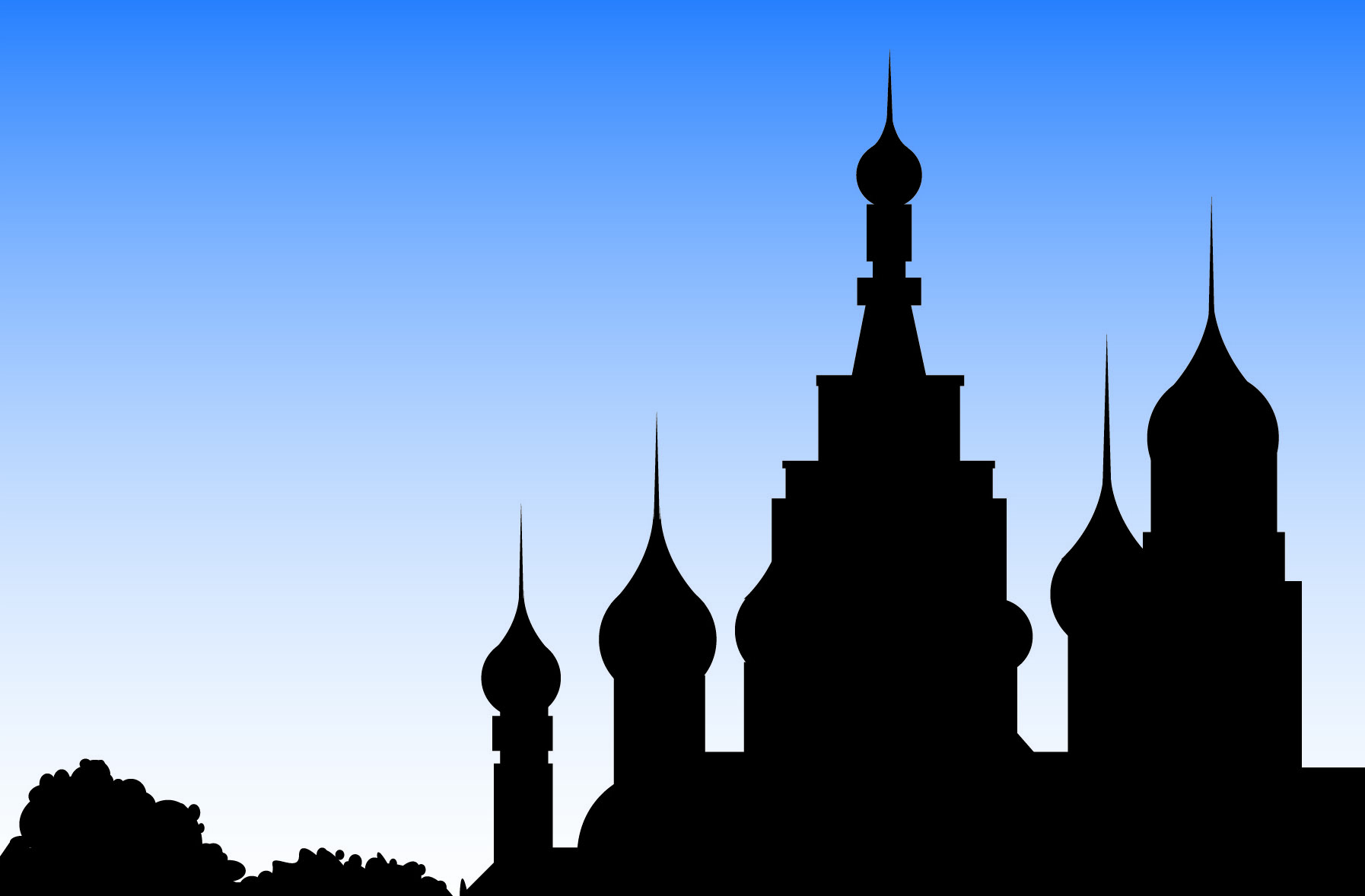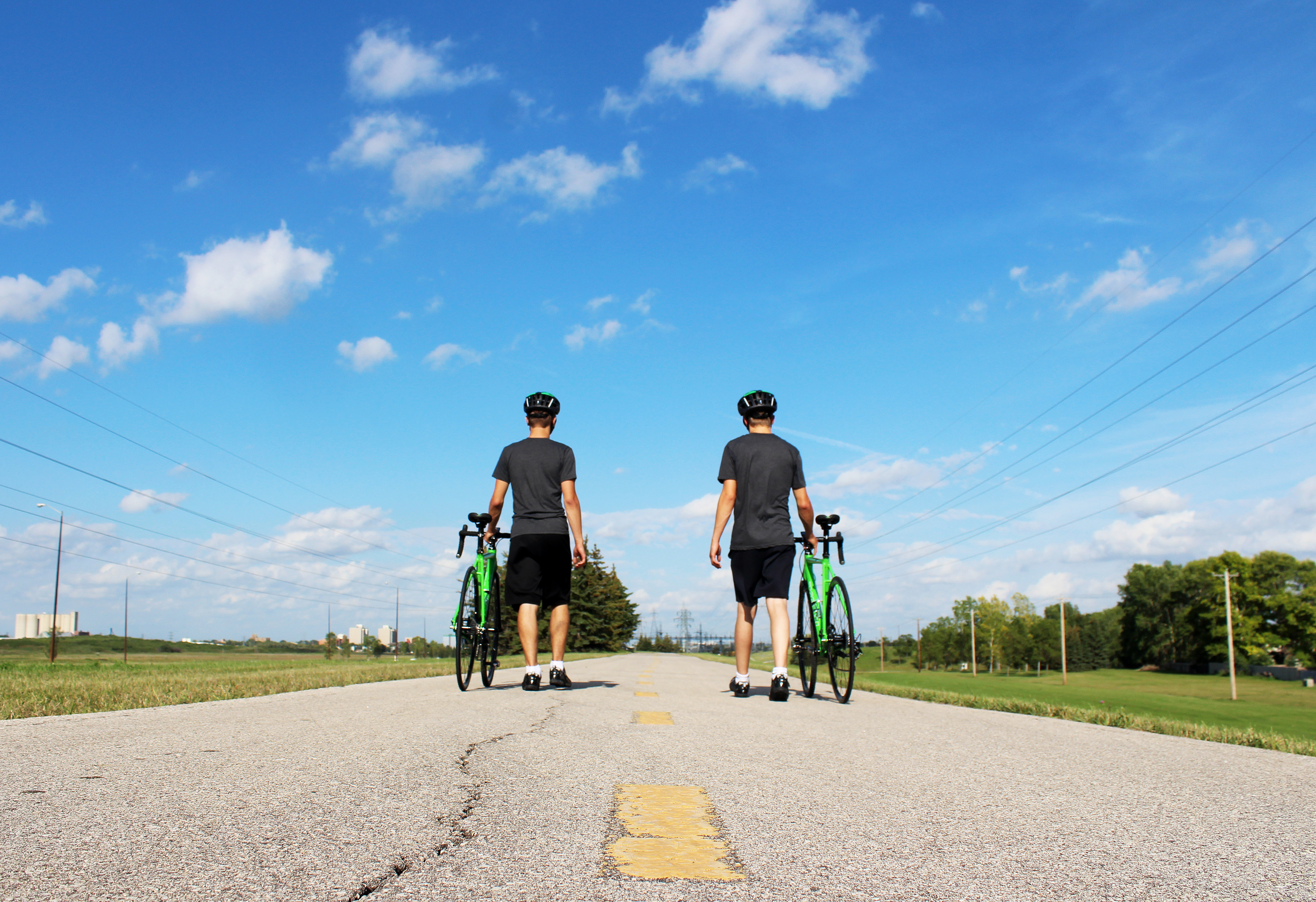Imagine the entire city of Toronto engulfed in noise. A mob of people running through the streets. Car horns blaring in the distance. Police on every corner. People standing on cars, chanting. It was a sight that I will never, ever forget.
I’m not talking about this past summer’s G20 summit, but instead about the evening of Canada’s gold medal victory in men’s hockey at the Vancouver Olympics.
Rarely has Toronto seen such a show of unity. Bartenders were pouring (some) free pints. Cops were high-fiving everyone. In fact, everyone was high fiving everyone. Strangers actually embraced one another in Dundas Square. An ivory-robed imam walked up and down Yonge Street, singing in Arabic, flying a Canadian flag. It was an example of Toronto at its best.
How tragic, then, that less than six months later, the city would see its streets descend into chaos surrounding the G20 summit, eerily reminiscent in some respects to the Olympic celebrations, but in every meaningful way their exact opposite.
Like most people, I only witnessed the Saturday protests via the news. As with the gold medal game, however, I decided that this was an event of sufficient historical significance and that it was worthwhile wading into the fray a bit, so I spent most of that Sunday afternoon wandering around the deserted downtown core with a friend.
While there, I had the chance to speak with a number of police officers. Some were looking for trouble. Others were counting the minutes until they could get off the streets, hopefully without incident. One implied that he might resign in protest.
I also encountered other ordinary citizens. Some were just wandering around, as I was. Some were lugging around camera equipment hoping, like me I suppose, to document some aspect of the weekend for posterity. Some were protesters searching for a protest.
And every couple of blocks, I was treated to the sight of yet another random search, generally of people who fit the stereotype of an “activist.” The first few times, it seemed harmless enough. After about the twentieth time, it became rather more sinister.
I also had the distinct pleasure of my own close encounter with the law that Sunday. My friend Ryan and I witnessed the police restrain and beat a man who was refusing a search, and Ryan took picture. The next thing we knew, one of the officers stormed up to us and demanded that we delete the photo immediately.
Now, before you ask, the answer is yes. We were both aware that this constituted a breach of our rights, but we had no desire to end up in jail over something so trivial, so we complied without argument. What the officer said next left me stunned.
“Don’t get caught taking photos today,” he said. “It’s a whole new world out there.”
It was a statement that epitomizes the worst of what went wrong that weekend.
Now, let me be clear: I was not a protester. On the whole, I support the existence and function of the G20. What happened in Toronto, however, offended even my usually unoffendable sensibilities, long before the first delegation touched down at Pearson International. Right from the get-go, it was clear that those heading up the security effort were gunning for a fight.
How else can one explain the now infamous, and as it turns out, fictional, “five-metre rule,” which purported to give the police carte blanche 15 feet outside the threshold of the security fence? Not only was it a blatant, and totally unreasonable, breach of our fundamental rights as Canadian citizens, but it was as clear a shot across the bow of the protesters as you could get.
Let me also be clear that I don’t blame every police officer involved. Sure, some were bullies let off the leash, like the one that I encountered, or the eponymous star of the YouTube sensation, “Officer Bubbles.” And such crooked cops need to be held accountable.
Most, however, were following seemingly reasonable, if distasteful, orders — how were they to know that the 5-metre rule was a delusion of Toronto’s Chief of Police, Bill Blair, a man who had proven himself perfectly capable of a rational and proportional response a year earlier during the Tamil protests?
There was clearly little time for the police to question their commanders, and in the absence of an obviously illegal directive such as “open fire on the protesters,” I have difficulty finding individual fault, even if their collective conduct was questionable.
Since the G20 weekend, I’ve been accused by a few people of deliberately exposing myself to harm by going downtown that Sunday. I suppose that’s not entirely incorrect — had I remained in the safety of the suburbs, I would have been spared the sight of that beating, those searches, and streets empty but for a thick film of fear.
Those are images, though, like the hockey-crazed, patriotic imam, whose importance transcends their subjects and becomes evocative of their moment in history. Two Sundays in 2010 afforded me very different visions of Toronto, both important in their own way to the collective memory of the city. I feel fortunate that I’m able to help ensure, in some small way, that neither is forgotten anytime soon.
Greg Sacks is a first year law student at Robson Hall, avid Spice Girls fan and noted critic of people who disagree with him.



